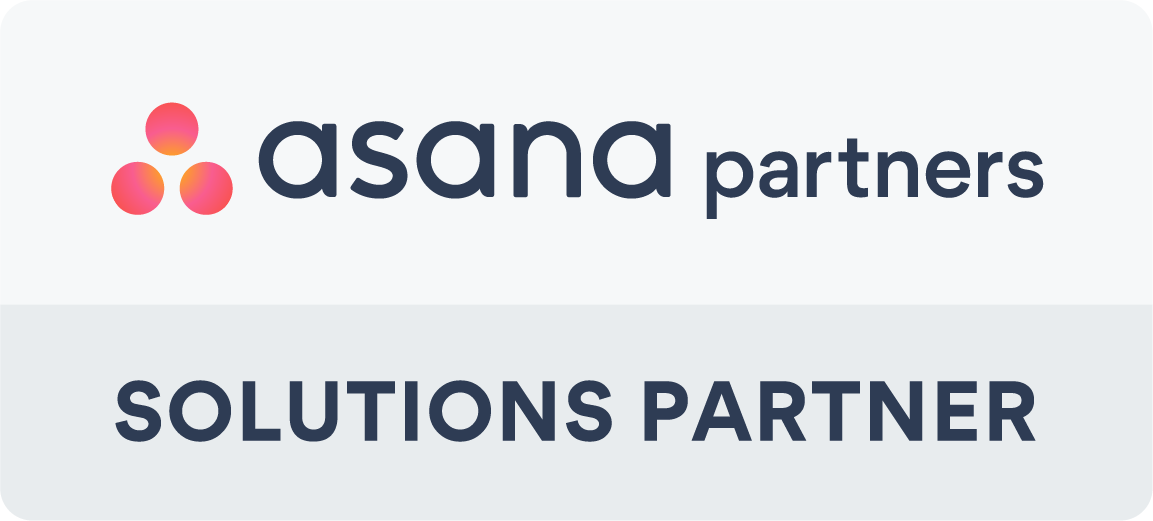BONUS EBOOK: 5 Reasons to Use Cloud Security with Remote Workers
As companies learn to be more digitally resistant, they are increasingly relying on the use of collaboration tools and the dispersion of data in the cloud – extending far beyond traditional data centres.
With legacy VPN solutions struggling with the burst in user demand, most remote workers are going direct-to-cloud for the use of collaboration apps. However, this creates risk and leaves the distribution of corporate data unprotected by on-premises security tools.
This 'data dispersion' is rapidly expanding within cloud/SaaS applications and between other cloud applications such as OneDrive, Box, Asana, Slack and Dropbox. While these tools are handy, all of them increase the risk of data exfiltration and exposure to threats, such as phishing and malware.
According to a report by Netskope Threat Labs - 20% of users have sensitive data moving between cloud apps and, most importantly, 37% of this sensitive data is involved in data loss prevention (DLP) violations. Most recently, popular online conferencing software Zoom was exploited by hackers due to several vulnerabilities in its privacy and security controls.
We cannot have digital resilience without control of data dispersion. However, to successfully achieve this, we need granular, contextual control – beyond 'allow' and 'block'. Enterprises need to mitigate the data movement they are increasingly relying on in a post-pandemic environment and protect their organisation.
As business data traverses a managed app like Microsoft Teams and an unmanaged app, such as Dropbox, a new approach and set of controls are needed to protect it. There is now a need to protect the data accessed from browsers, but also native apps like Microsoft Teams installed on Windows, Mac, and mobile devices.
Remote work is a new model that highlights the importance of an interdisciplinary effort. IT teams, staff and customers must align their goals and efforts in securing the data they work with, send and manage at every stage.
BONUS EBOOK: 5 Reasons to Use Cloud Security with Remote Workers
Establishing bring your own device (BYOD) programs, facilitating management strategies, and enabling flexible work programs should not be handled as an individual or separate endeavour. Each initiative is now a part of a bigger picture – one of an interconnected digital domain with a standard message and shared purpose about the need for and benefits of digital resilience.
These dynamics are especially critical now, as most organisations are considering a full transition to a remote working model as part of a post-pandemic workforce realignment.
Let's talk if you'd like to know how we can help improve your organisations data resilience.





